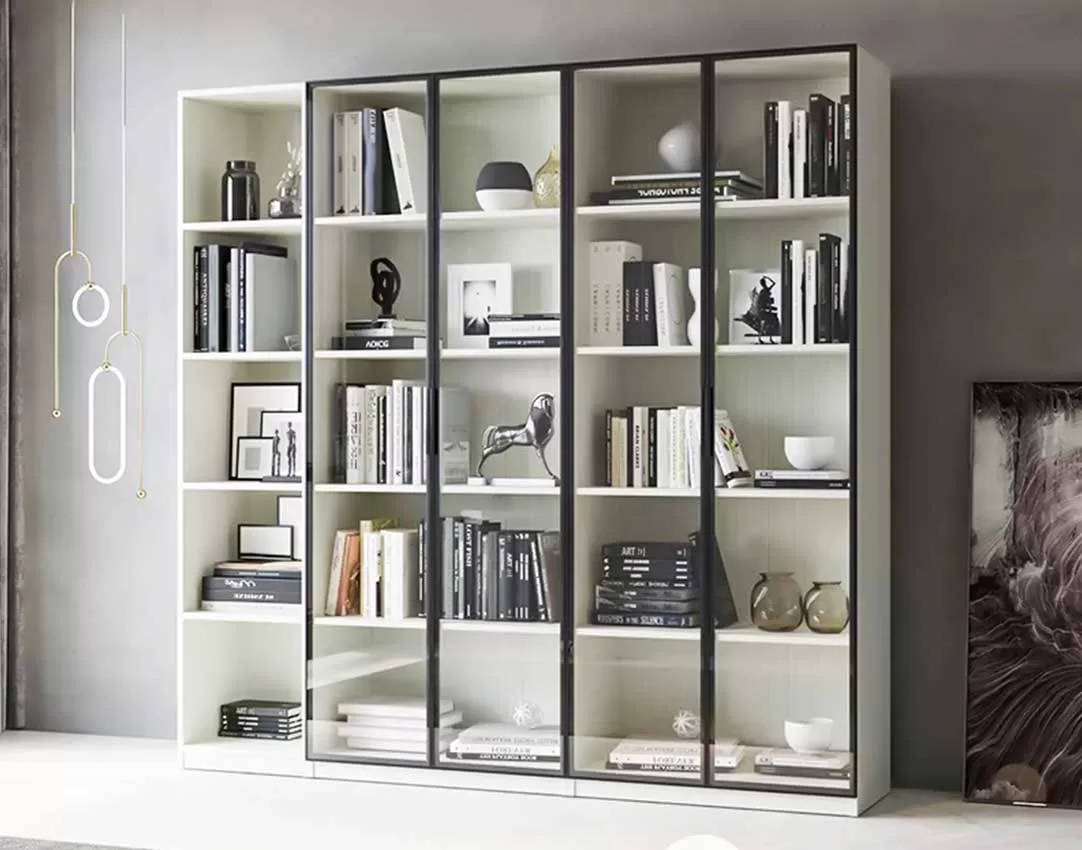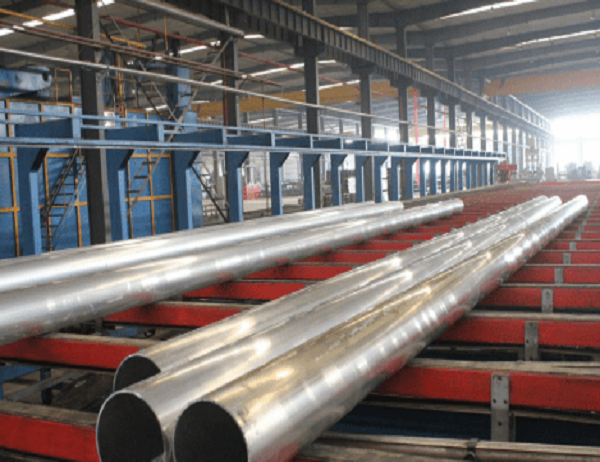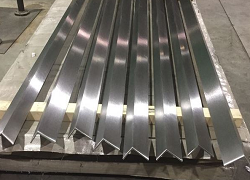The Strength and Stability of Aluminum Chair Legs: An In-Depth Analysis
Aluminum, renowned for its exceptional strength-to-weight ratio, has become a popular choice for manufacturing chair legs. The inherent properties of aluminum make it an ideal material for this application, ensuring both durability and stability in various seating environments. This article delves into the multifaceted strength and stability characteristics of aluminum chair legs, providing insights into their resilience and reliability.
Lightweight Yet Robust:
Aluminum’s exceptional strength-to-weight ratio enables chair legs made from this material to withstand significant loads without compromising on their lightweight nature. This attribute is particularly advantageous for chairs intended for frequent use in commercial or public spaces, where durability is paramount. The high strength of aluminum ensures that the chair legs can support heavy weights without bending or buckling, ensuring the structural integrity of the chair even under demanding conditions.
High Corrosion Resistance:
Aluminum possesses natural corrosion-resistant properties, which significantly contribute to the longevity of chair legs. Unlike ferrous metals, aluminum forms a protective oxide layer on its surface when exposed to air, shielding it from corrosion and oxidation. This characteristic makes aluminum chair legs particularly suitable for outdoor use, where they are subjected to harsh weather conditions including moisture, humidity, and UV radiation. Their resistance to corrosion ensures that they retain their structural integrity and appearance over time.
Structural Stability and Stiffness:
The structural stability and stiffness of aluminum chair legs play a vital role in providing a stable and comfortable seating experience. Aluminum’s rigidity ensures that the chair legs maintain their shape and do not flex or wobble excessively, even under dynamic loads such as when someone is sitting down or getting up. This stability enhances the overall safety and comfort of the chair, reducing the risk of accidents due to sudden or unexpected movements.
Excellent Load-Bearing Capacity:
Aluminum chair legs exhibit excellent load-bearing capacity, allowing them to support significant weights without compromising on their stability. This is attributed to the material’s high tensile strength and yield strength. Tensile strength measures the resistance of a material to breaking under tension, while yield strength indicates the point at which a material begins to deform permanently. The combination of high tensile and yield strengths ensures that aluminum chair legs can withstand both static and dynamic loads, making them suitable for use in chairs designed for heavy-duty applications.
Aesthetic Versatility and Customization:
In addition to their strength and stability, aluminum chair legs offer versatility in terms of aesthetics and customization. Aluminum can be easily anodized or powder coated in a wide range of colors and finishes, allowing manufacturers to create chair legs that complement various decor styles and preferences. This versatility makes aluminum chair legs suitable for use in a variety of settings, from modern and contemporary to traditional and classic.
Conclusion
The strength and stability of aluminum chair legs make them an ideal choice for various seating applications. Their lightweight yet robust nature, high corrosion resistance, structural stability, excellent load-bearing capacity, and aesthetic versatility contribute to their durability and reliability. By choosing aluminum chair legs, manufacturers can ensure the longevity, comfort, and safety of their chairs, meeting the demands of demanding environments and enhancing the overall seating experience.



